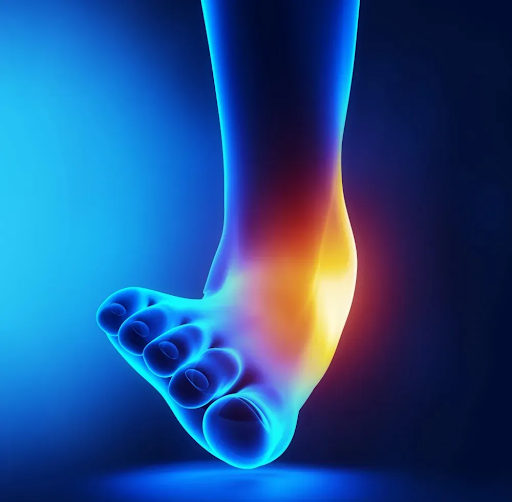
Sports Injuries
Sports Injuries we provide support for:

Closed reduction under general anaesthesia (CRGA) is a procedure used to realign fractured or dislocated bones without making an incision. It is typically performed when the patient is unable to tolerate pain or muscle relaxation is needed to achieve proper alignment.
Internal fixation of fractures is a surgical procedure used to stabilize and heal broken bones by implanting medical devices such as plates, screws, rods and wires inside the body. It helps maintain proper alignment of the bone fragments, allowing them to heal correctly while restoring function and strength.


External fixation is a surgical treatment used to stabilize and immobilize bones in cases of fractures, deformities or orthopaedic trauma. It involves placing metal pins or screws into the bone, which are then connected to an external frame outside the body. This frame holds the bone in the correct position while it heals.
A non-union is when a broken bone (fracture) fails to heal properly. Normally, bones go through a healing process after a fracture, but in some cases, healing stops or progresses very slowly, leading to a non-union.
